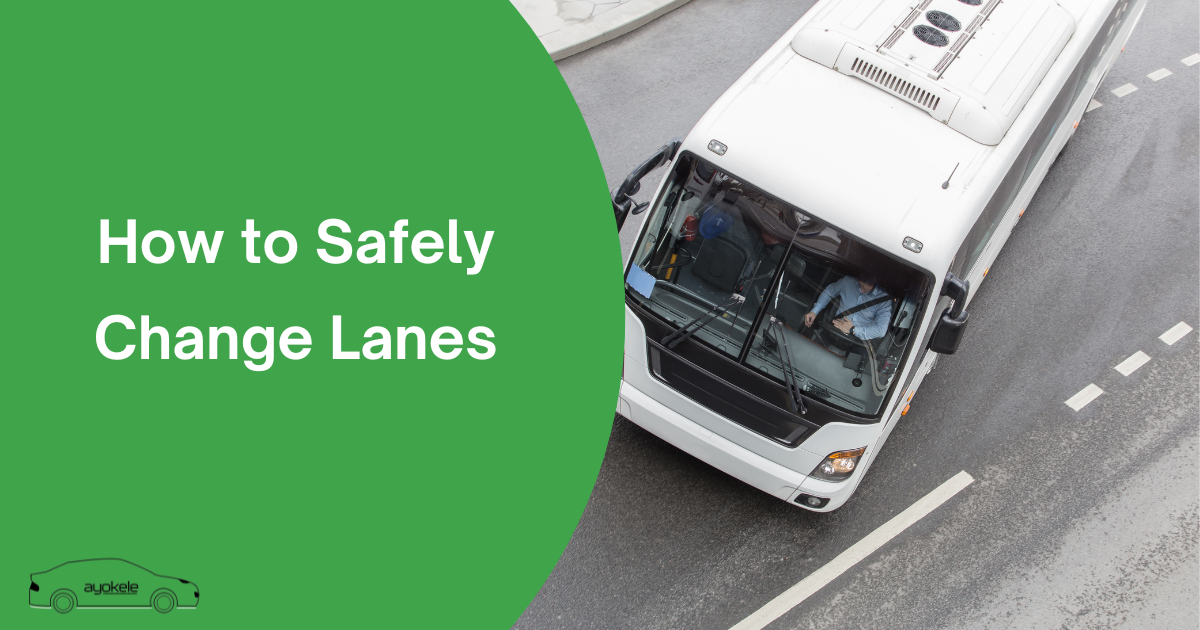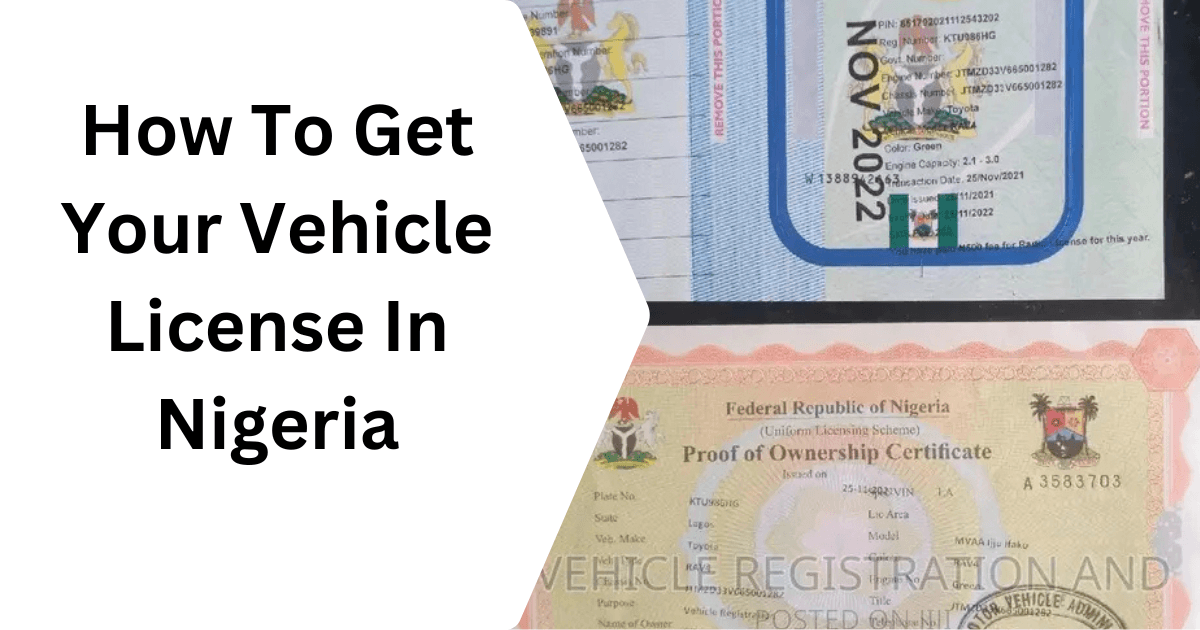Lane changes rank among the most common yet potentially dangerous maneuvers in everyday driving. Despite their routine nature, improper lane changes contribute to thousands of accidents annually, with blind spots playing a central role in many of these collisions. Understanding the limitations of vehicle visibility and implementing proper techniques for lane changes can dramatically reduce these risks, creating safer driving experiences for everyone on the road.
The Anatomy of Blind Spots
Blind spots are areas around your vehicle that remain invisible through mirrors or direct vision without special effort. These visibility gaps exist in every vehicle regardless of design, though their size and position vary significantly based on vehicle type. Sedans typically have relatively small blind spots, while SUVs, trucks, and vans create larger visibility challenges due to their height, length, and window configuration.
The most critical blind spots occur in the rear quarter areas—the zones diagonally behind your vehicle on both sides. Standard side mirrors cannot fully capture these areas, creating potential hiding spots where entire vehicles can disappear from view. Additional blind spots exist directly behind the vehicle (particularly relevant when reversing) and immediately in front of taller vehicles where small objects or children may become invisible to the driver.
Modern vehicle designs with thicker pillars (the supports between windows) have actually increased blind spot sizes in many models. While these structural elements enhance rollover protection and crash safety, they create additional visibility challenges that drivers must actively manage through proper technique and technology.
Mirror Positioning: The Foundation of Visibility
Proper mirror adjustment forms the essential first step in blind spot management. Most drivers position side mirrors to show primarily the side of their own vehicle—a redundant view that wastes valuable mirror coverage while maximizing blind spots. The correct positioning technique eliminates this redundancy:
- Adjust the driver’s side mirror by leaning your head against the window, then positioning the mirror to barely show the side of your vehicle
- For the passenger side mirror, lean to the center of the vehicle and adjust until you can barely see the side of your car
- The rearview mirror should provide a complete view through the rear window
This positioning creates a near-seamless visual transition between mirrors. As a vehicle passes, it moves from the rearview mirror to the side mirror and then into your peripheral vision with minimal gap—significantly reducing traditional blind spots. While this positioning initially feels unfamiliar, adaptation typically occurs within a few days of consistent use.
For vehicles with convex “spot” mirrors integrated into side mirrors, these should be adjusted to capture the maximum blind spot area not visible in the main mirror. Aftermarket blind spot mirrors provide similar benefits for vehicles without factory options, typically costing between ₦2,000-5,000 and offering significant safety improvements for minimal investment.
The Proper Lane Change Procedure
Safe lane changes follow a systematic process that should become automatic through consistent practice:
- Plan ahead: Decide on lane changes well before they’re necessary, avoiding last-minute maneuvers that increase risk
- Signal early: Activate your turn signal at least 3-5 seconds before changing lanes, providing other drivers adequate warning of your intentions
- Check mirrors: Scan your rearview mirror followed by the appropriate side mirror to identify surrounding traffic
- Shoulder check: Quickly turn your head to check the blind spot on the side you’re moving toward, looking for vehicles not visible in mirrors
- Assess speed differentials: Ensure adequate space considering the relative speeds of your vehicle and others in the target lane
- Execute smoothly: Make the lane change with deliberate, smooth steering inputs while maintaining speed
- Cancel signal: Turn off your indicator once the maneuver is complete
This sequence should be performed for every lane change without exception. The shoulder check—often omitted by experienced drivers who over-rely on mirrors—remains essential regardless of vehicle technology or driver experience level. This quick glance takes less than a second but can prevent potentially catastrophic collisions with vehicles hidden in blind spots.
Speed Differential Awareness
Beyond visibility concerns, understanding speed relationships between vehicles plays a crucial role in safe lane changes. A vehicle approaching rapidly from behind may be visible in mirrors initially but enter your blind spot precisely when you check mirrors before changing lanes. This timing coincidence explains many “I never saw them coming” collisions.
Before changing lanes, assess not just the presence of vehicles but their relative speed. A vehicle in the target lane traveling 20 km/h faster than your current speed will close distance rapidly, potentially creating a collision risk even when adequate space initially appears available. Similarly, changing lanes in front of a vehicle traveling significantly slower requires less clearance than one moving at higher speed.
This speed awareness becomes particularly important on highways with multiple lanes where significant speed differentials often exist between lanes. Moving from a slower lane to a faster one requires greater caution and larger gaps than moving from faster to slower lanes where closing speeds work in your favor.
Technology Assistance Without Over-Reliance
Modern vehicles increasingly offer blind spot monitoring systems that use sensors to detect vehicles in blind zones, typically providing visual alerts in side mirrors or audible warnings when turn signals activate with vehicles present in blind spots. These systems offer valuable supplementary protection but should never replace proper technique and visual checks.
Several limitations affect blind spot monitoring technology:
- Most systems only detect vehicles, not motorcycles, bicycles, or pedestrians
- Detection range varies significantly between manufacturers
- Systems may fail in adverse weather conditions
- Alerts may come too late when vehicles approach at high speed differentials
- Some systems deactivate below certain speeds, typically 30 km/h
Use technology as an additional safety layer rather than a replacement for proper technique. The most effective approach combines technology with traditional methods—using blind spot monitoring as confirmation of what your proper mirror usage and shoulder checks have already verified.
Special Considerations for Different Vehicle Types
Vehicle characteristics significantly impact blind spot management requirements:
Larger Vehicles (SUVs, Vans, Trucks)
Elevated seating positions in these vehicles create larger blind spots, particularly alongside and immediately behind the vehicle. Drivers must compensate with more deliberate mirror checks and shoulder checks, recognizing that smaller vehicles or motorcycles can completely disappear in these expanded blind zones. Aftermarket wide-angle mirrors often provide significant benefits for these vehicle types.
Vehicles with Trailers
Towing creates substantial additional blind spots along both sides of the trailer and directly behind it. Lane changes while towing require greater planning distance, longer signaling time, and often assistance from passengers for visibility confirmation. Extended side mirrors designed for towing provide essential visibility improvements when regularly pulling trailers.
Motorcycles
Motorcyclists face unique blind spot challenges, with limited mirror coverage and the inability to perform traditional shoulder checks without potentially destabilizing the motorcycle. Proper mirror positioning becomes even more critical, often supplemented with wider aftermarket mirrors. Motorcyclists must also maintain heightened awareness of being caught in other vehicles’ blind spots, positioning themselves for maximum visibility.
Teaching New Drivers
For parents teaching new drivers or experienced drivers mentoring others, blind spot management deserves special emphasis. New drivers often struggle with the multitasking aspects of lane changes—maintaining lane position and speed while performing the necessary checks. Structured practice in light traffic conditions allows skill development before facing more challenging environments.
Effective teaching approaches include:
- Demonstrating proper mirror positioning and explaining its benefits
- Practicing “commentary driving” where the driver verbally narrates the lane change process
- Creating awareness of vehicles in adjacent lanes before they enter blind spots
- Developing consistent scanning patterns that become habitual
- Providing immediate feedback when steps are missed or performed out of sequence
Emphasize that proper technique eventually becomes automatic through consistent practice, requiring minimal conscious thought while providing substantial safety benefits throughout driving life.
Blind Spot Awareness for Pedestrians and Cyclists
Understanding vehicle blind spots benefits not just drivers but all road users. Pedestrians and cyclists should recognize that being legally in the right-of-way provides no physical protection if they’re invisible to drivers. Practical awareness includes:
- Avoiding walking or cycling immediately alongside large vehicles, particularly near intersections
- Making eye contact with drivers before crossing in front of vehicles
- Recognizing that a driver’s inability to see you in their mirrors means they likely cannot see you at all
- Using extra caution around vehicles with activated turn signals, regardless of right-of-way
- Understanding that vehicle blind spots expand significantly in poor weather or low light conditions
This reciprocal awareness creates safer interactions between all road users, recognizing that visibility limitations affect even the most careful drivers.
Conclusion
Blind spot management represents a fundamental driving skill that directly impacts safety during one of driving’s most common yet potentially dangerous maneuvers. By understanding visibility limitations, implementing proper mirror positioning, following systematic lane change procedures, and maintaining awareness of surrounding vehicles, drivers can dramatically reduce collision risks.
The few seconds required for proper blind spot checks pale in comparison to the potential consequences of collisions resulting from improper lane changes. Make these techniques habitual, regardless of driving experience or vehicle technology. Remember that while blind spot monitoring systems provide valuable assistance, they supplement rather than replace proper visual techniques.
Ultimately, safe lane changes result from a combination of proper equipment use, systematic procedures, and maintained awareness of surrounding traffic. By implementing these practices consistently, you not only protect yourself and your passengers but contribute to a safer driving environment for everyone sharing the road.




